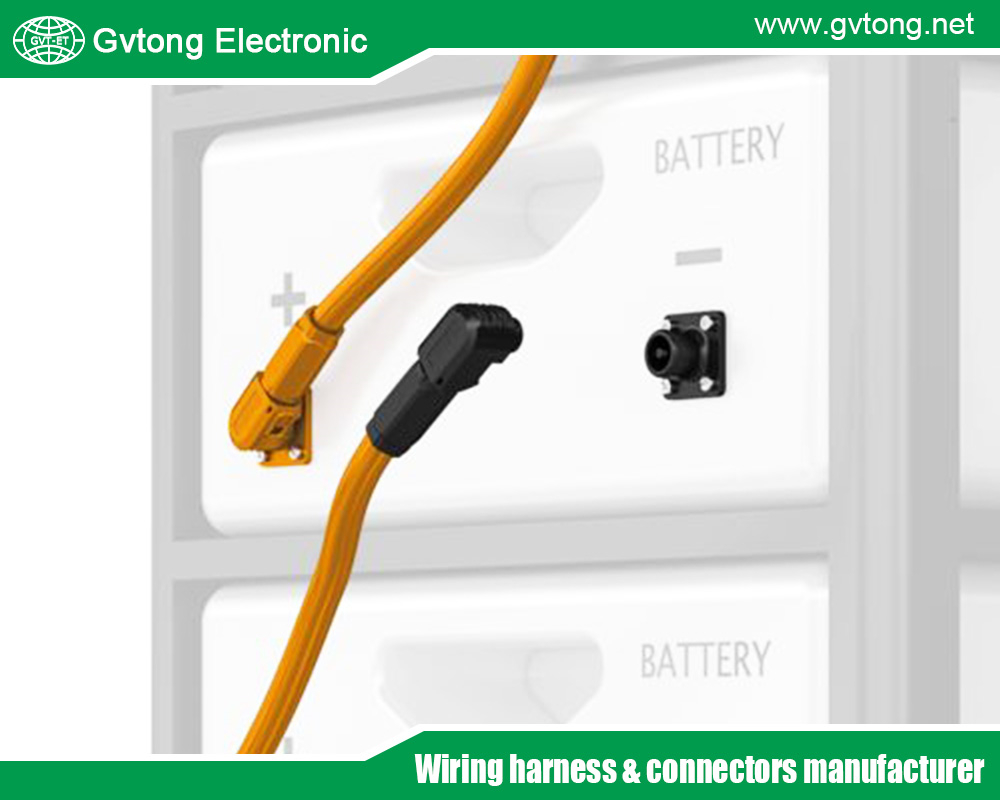Blogs & News
We are focus on automotive wiring harness & connectors technology.
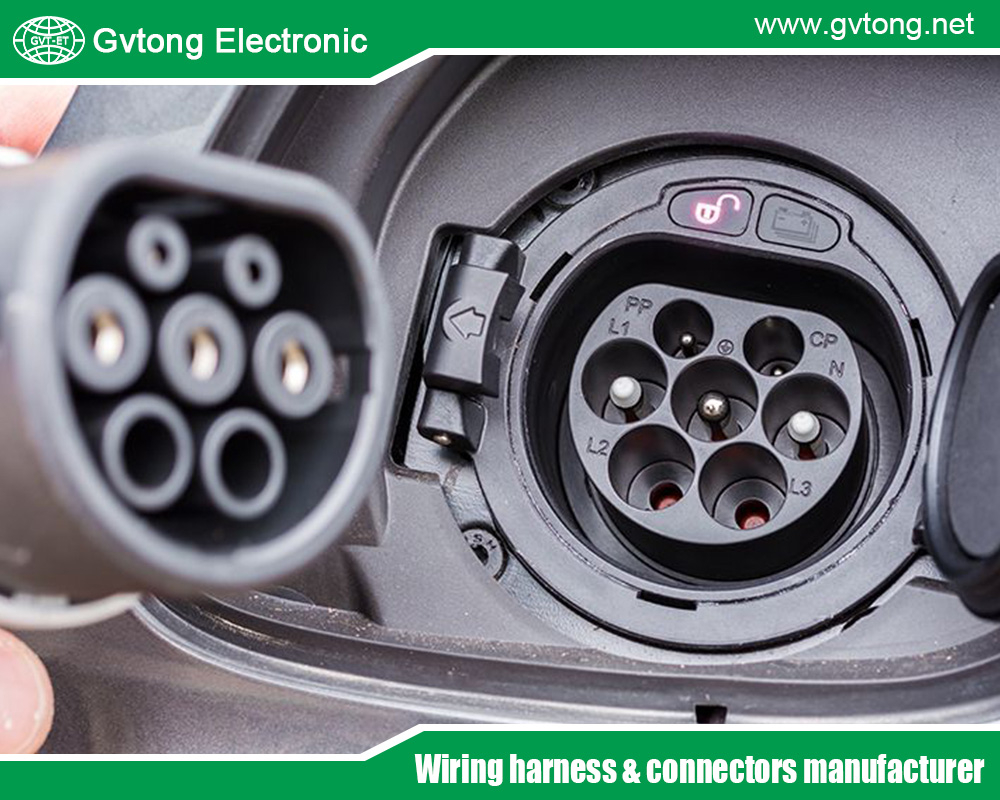
The Evolutionary Journey of Vehicle 8 – Cavity Connectors
- Gvtong Electronic
- 8 - cavity connectors, 8 - cavity connectors factory, 8 - cavity connectors manufacturer, 8 - cavity connectors supplier, Anti-vibration automotive connectors, automotive antenna connector, automotive coaxial connector, automotive data connector, automotive diagnostic connector, automotive high - frequency, Automotive high - frequency connector, automotive hybrid connector, automotive optical fiber connector, Automotive power distribution connector, Automotive shielded connectors, automotive Signal Connector, Automotive temperature - resistant connector, automotive vibration - resistant, automotive waterproof connectors, Blind-mate automotive connectors, High-speed data connectors, High-temperature resistant connectors, Low-contact resistance connectors, Oil-resistant automotive connectors, Vehicle 8 - Cavity Connectors, Vehicle 8 - Cavity Connectors manufacturer
- No Comments
The Evolutionary Journey of Vehicle 8 – Cavity Connectors
In the complex electronic systems of modern automobiles, vehicle 8 – cavity connectors play a pivotal role, undertaking the critical tasks of signal transmission and power distribution. Their technological evolution has profoundly influenced the performance and reliability of vehicles. Looking back at the development trajectory of 8 – cavity connectors, we can clearly observe the context of technological innovation driving progress in the automotive industry.
Early Embryonic Stage and Initial Applications
The early development of automotive connectors was closely intertwined with the initial electrification of automotive electronic systems. In the beginning, automotive electronic devices were relatively simple, and connectors only needed to meet basic electrical connection requirements. Early 8 – cavity connectors had a rather rudimentary structure, mostly using metal casings with a basic design for internal contact components. These connectors were primarily used to link key automotive electrical components, such as ignition systems and lighting systems. However, limited by the materials and manufacturing processes of the time, they had numerous shortcomings in stability and durability. They were prone to issues like poor contact and signal interference in complex environments, failing to meet the growing functional demands of automobiles.
Technological Improvements and Performance Enhancements
With the rapid development of the automotive industry, the performance requirements for connectors became increasingly stringent. To address this challenge, a series of improvements were made to 8 – cavity connectors in terms of materials, structure, and manufacturing processes. In terms of materials, new alloys and high – performance plastics were widely adopted. Alloy materials enhanced the conductivity and corrosion resistance of contact components, while plastic casings reduced the weight of the connectors and provided good insulation properties. In structural design, engineers optimized the layout of the cavities to improve the stability of signal transmission and anti – interference capabilities. By improving the shape and connection methods of contact components, contact resistance was reduced, and current – carrying capacity was enhanced. The advancement of manufacturing processes also provided a strong support for the performance improvement of connectors. Precision machining technology significantly improved the dimensional accuracy and consistency of connectors, ensuring the reliability of product quality.
Adaptation to the Trends of Automotive Intelligence and Electrification
In the era of intelligence and electrification, the demand for connectors in automobiles has undergone fundamental changes. In electric vehicles, 8 – cavity connectors not only need to transmit high voltage and large current but also ensure high – speed signal transmission between key components such as battery management systems and motor control systems. This requires connectors to have higher voltage withstand levels, better electromagnetic shielding performance, and more reliable connection stability. To meet these requirements, new – type 8 – cavity connectors adopt multi – layer shielding structures, effectively isolating electromagnetic interference and ensuring the accuracy of signal transmission. At the same time, in high – voltage connections, the insulation performance and safety of connectors are improved through optimized design and material selection to prevent dangerous situations such as high – voltage leakage. In smart connected vehicles, 8 – cavity connectors also need to support the communication function between vehicles and the outside world to achieve fast data transmission. This has prompted connectors to develop towards high – speed and high – frequency directions to meet the application needs of new technologies such as 5G communication in the automotive field.
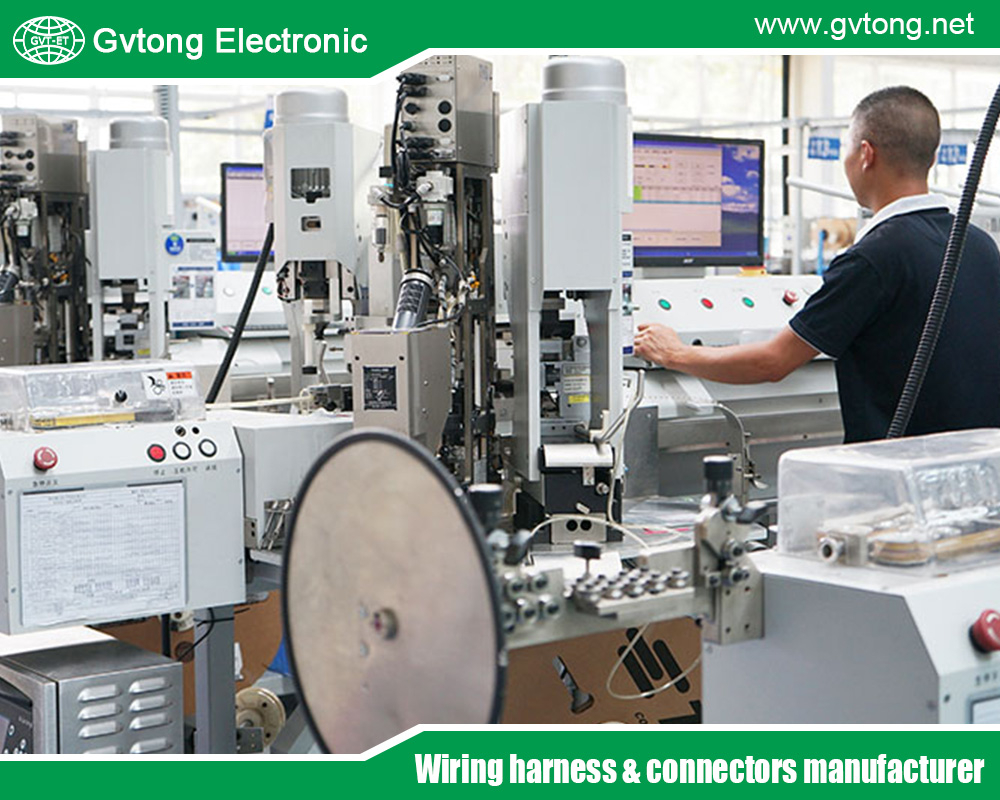
Future Prospects
Looking to the future, vehicle 8 – cavity connectors will continue to develop towards miniaturization, integration, and intelligence. Miniaturization will help save internal space in automobiles, providing possibilities for the layout of more complex electronic devices. Integration can integrate multiple functions into one, reducing the number of connectors and lowering the complexity and cost of the system. In terms of intelligence, by embedding sensors and smart chips, connectors will have functions such as self – diagnosis and fault early warning, further enhancing the safety and reliability of automobiles. With the continuous emergence of new materials and new processes, 8 – cavity connectors will also achieve greater breakthroughs in performance, providing a solid support for the continuous innovative development of the automotive industry.
The evolutionary journey of vehicle 8 – cavity connectors is a history of continuous innovation to adapt to the development needs of automotive technology. From simple electrical connections to key components supporting automotive intelligence and electrification, it has witnessed and driven the rapid development of the automotive industry. In the future, with the continuous advancement of automotive technology, 8 – cavity connectors are bound to usher in a more brilliant development chapter.
For more about the evolutionary journey of vehicle 8 – cavity connectors, you can pay a visit to Gvtong at https://www.gvtong.net/ for more info.
Recent Posts
The Best GR Series-Circular Connectors Manufacturer
The Best GD Series Combined Power Connector Manufacturer
A Guide to Selecting the Best GH Series Plastic Connector Manufacturer
How High Pressure Connectors Work?
The Best Automotive Connector Companies
Tags
Recommended Products
-
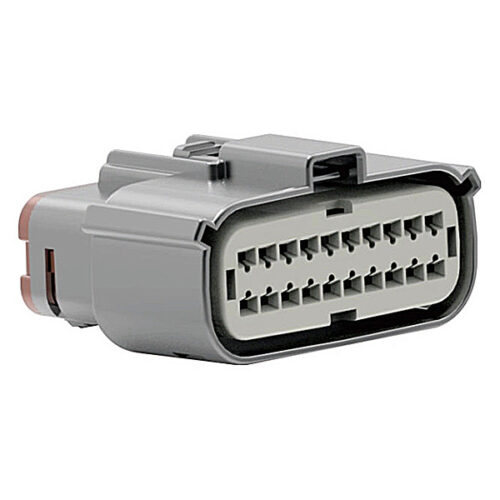
Low voltage connector-20PIN socket + plug
-

Energy storage connector 5.7mm
-
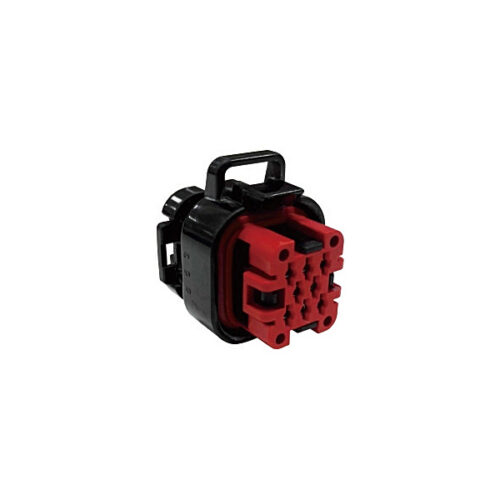
Signal connector – waterproof, three-row, 8-pin
-
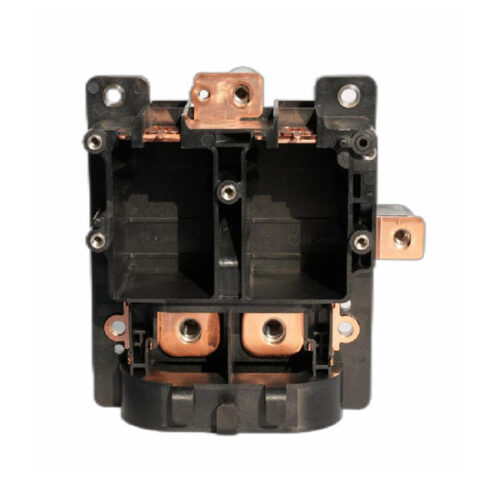
Filter copper bar assembly
-
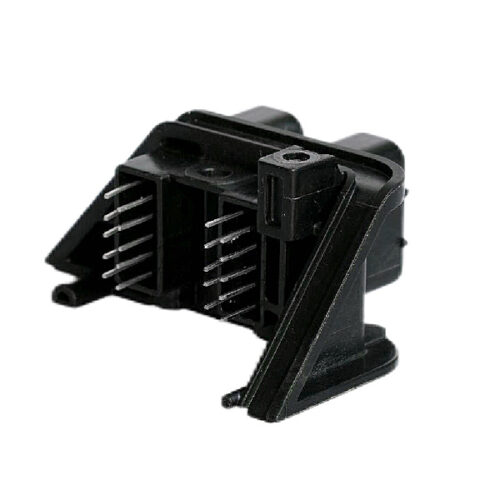
GE Series-20PIN Right Angle Connector Socket
-
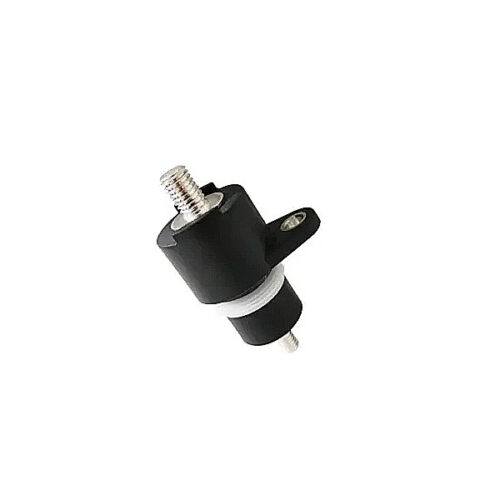
DCDC wall-through terminal-double-headed thread
-

GH280 Series-2-core plastic high voltage connector
-

GE Series-32-core rectangular connector

